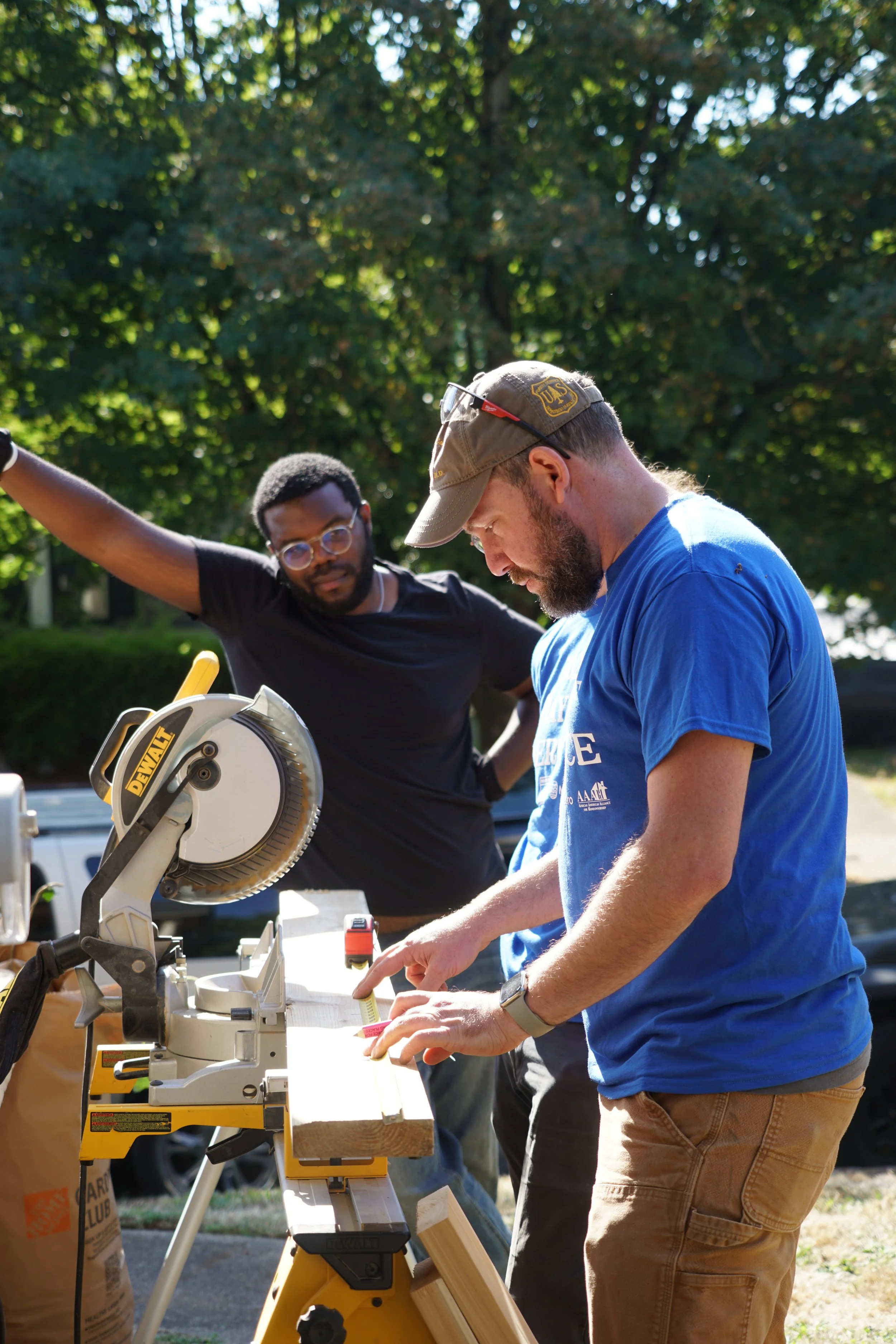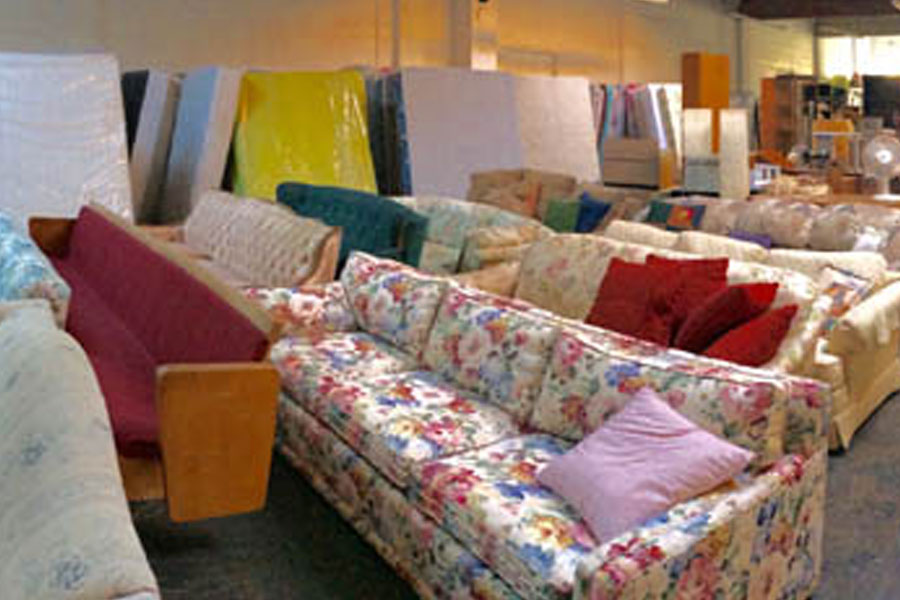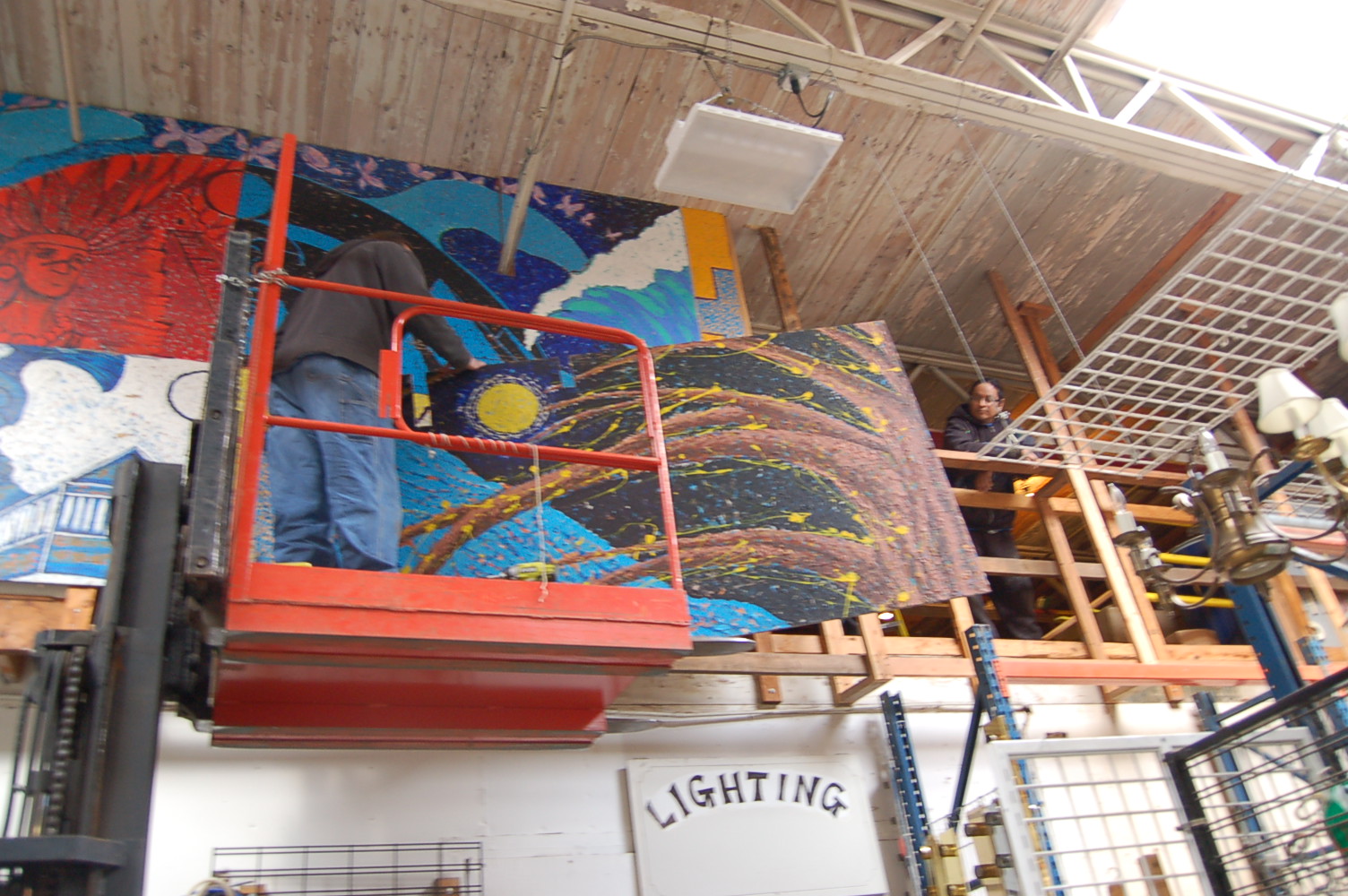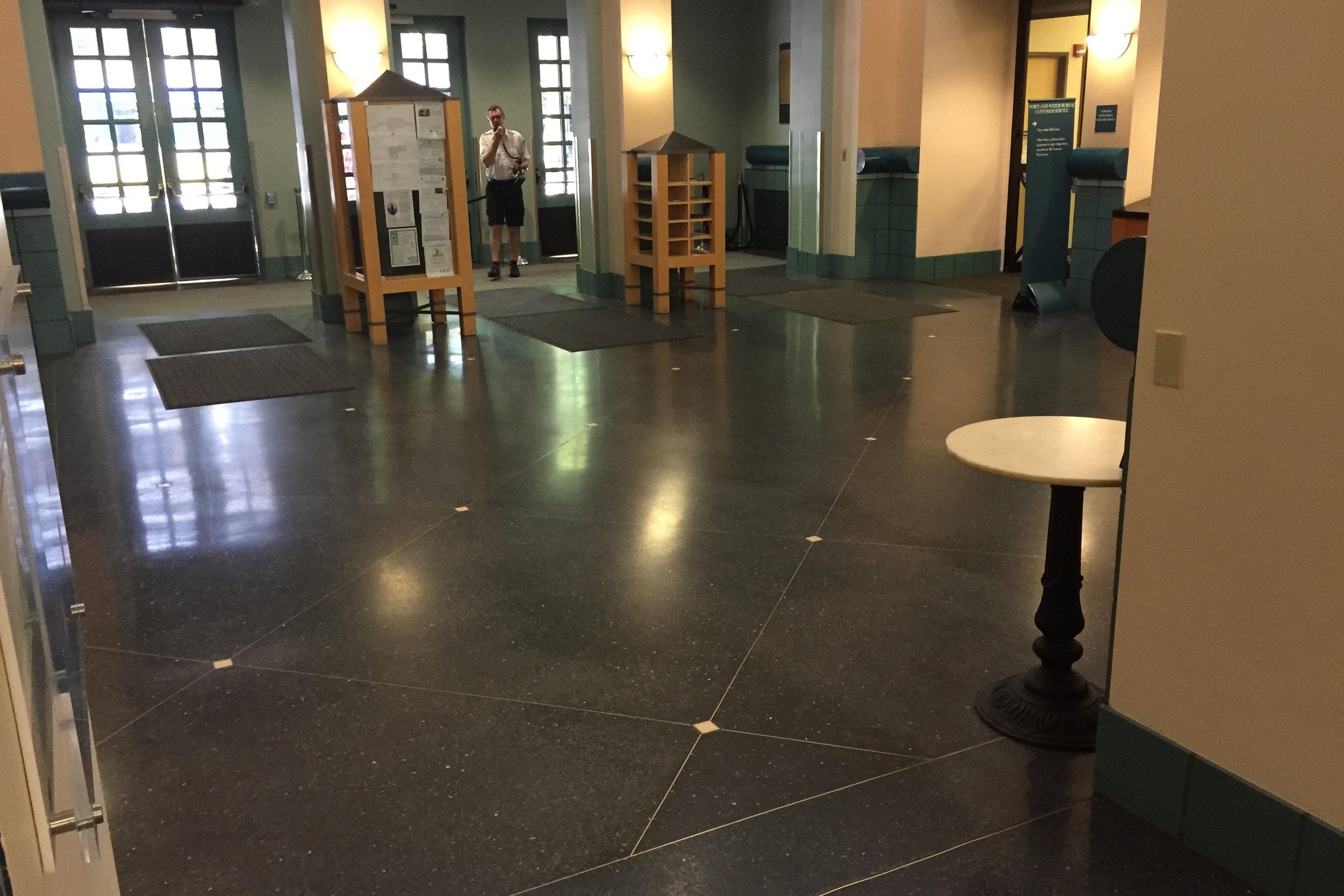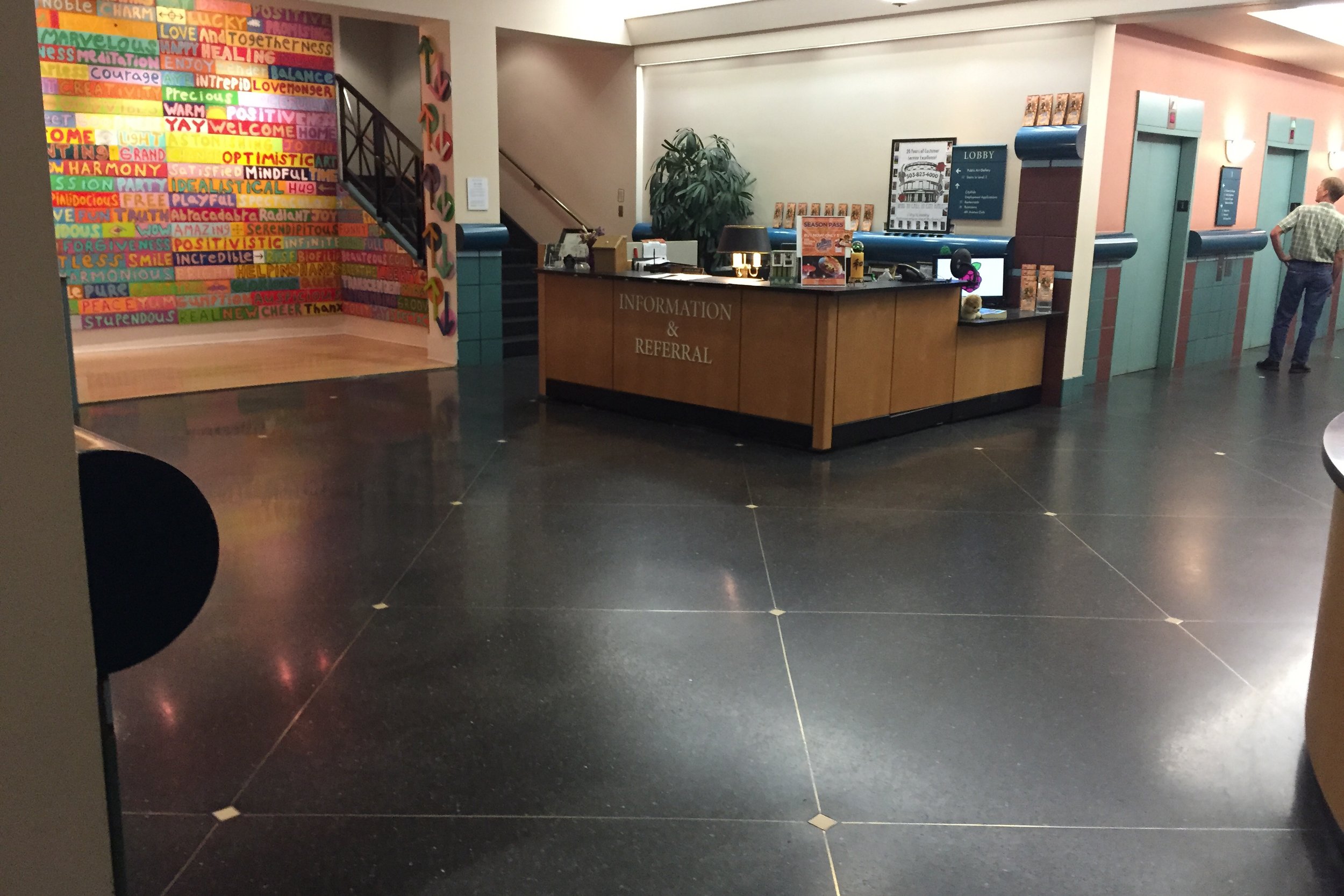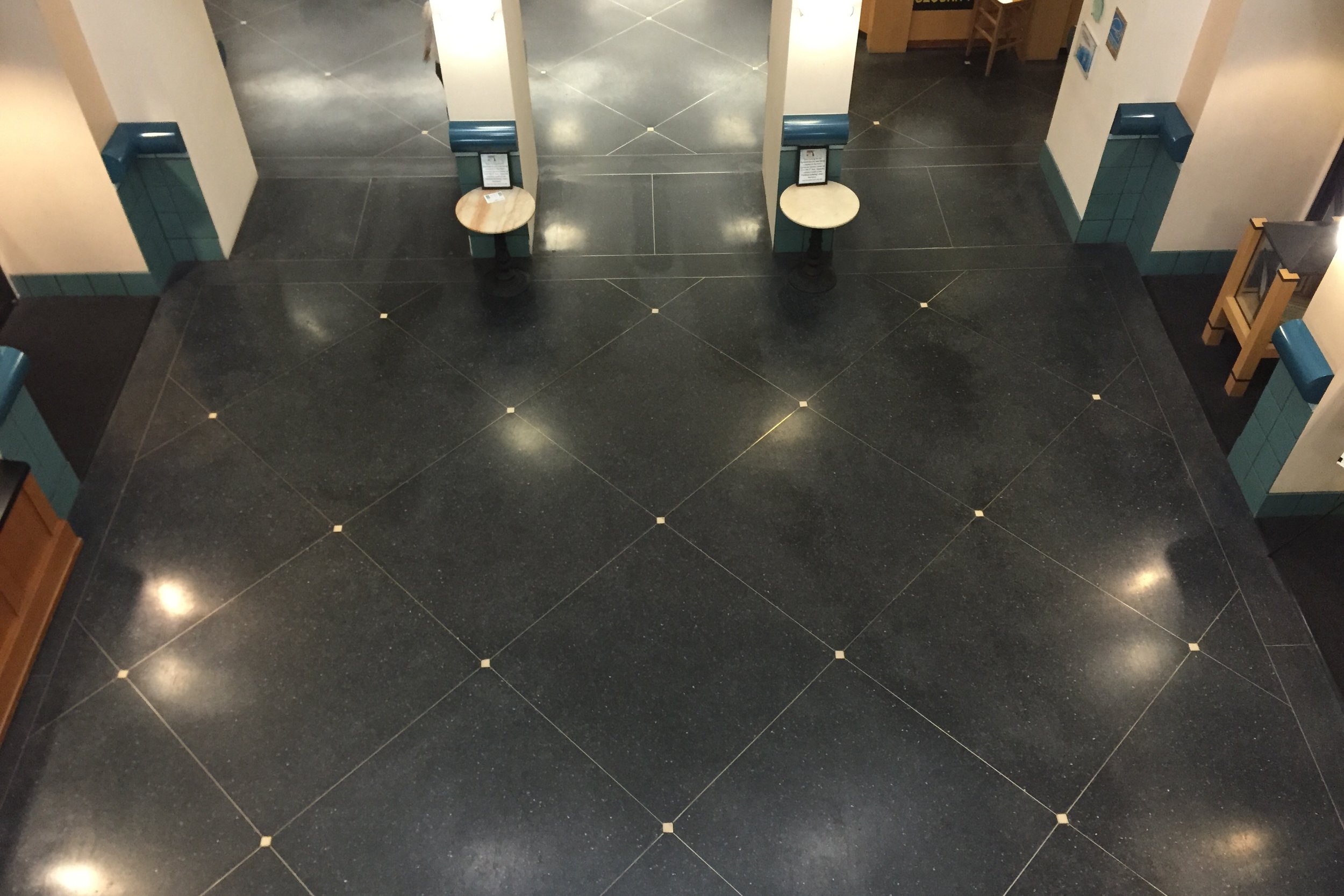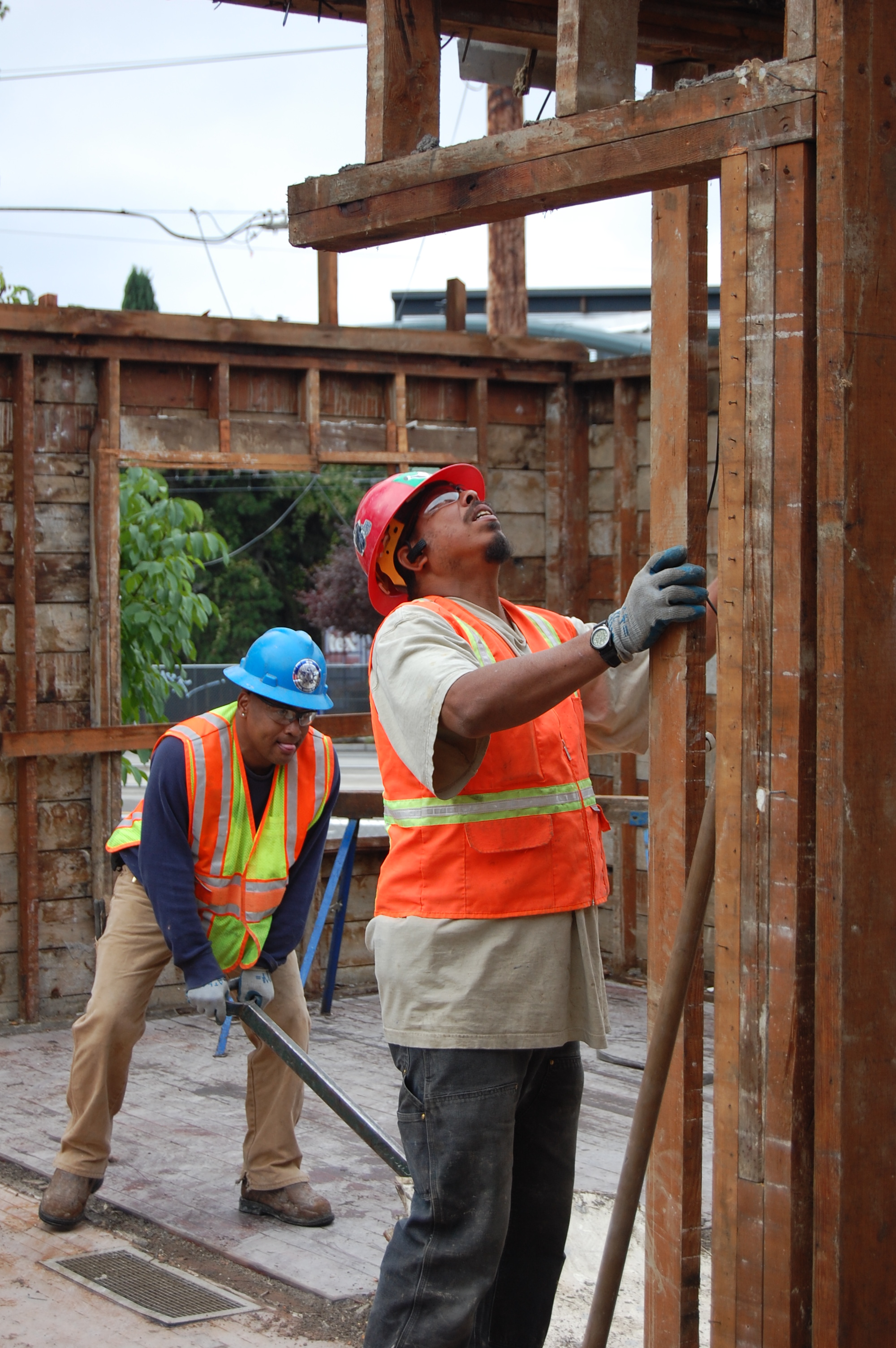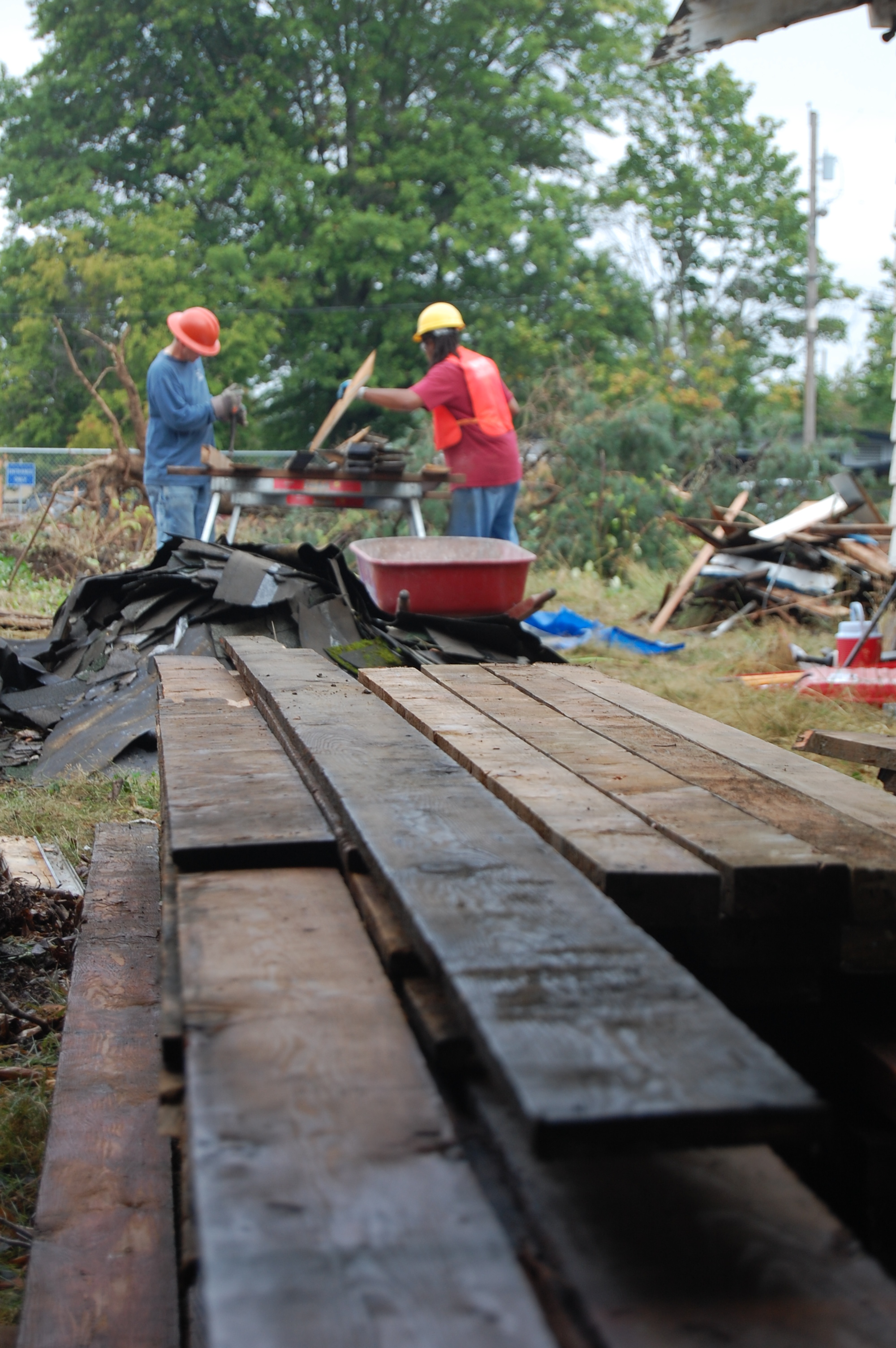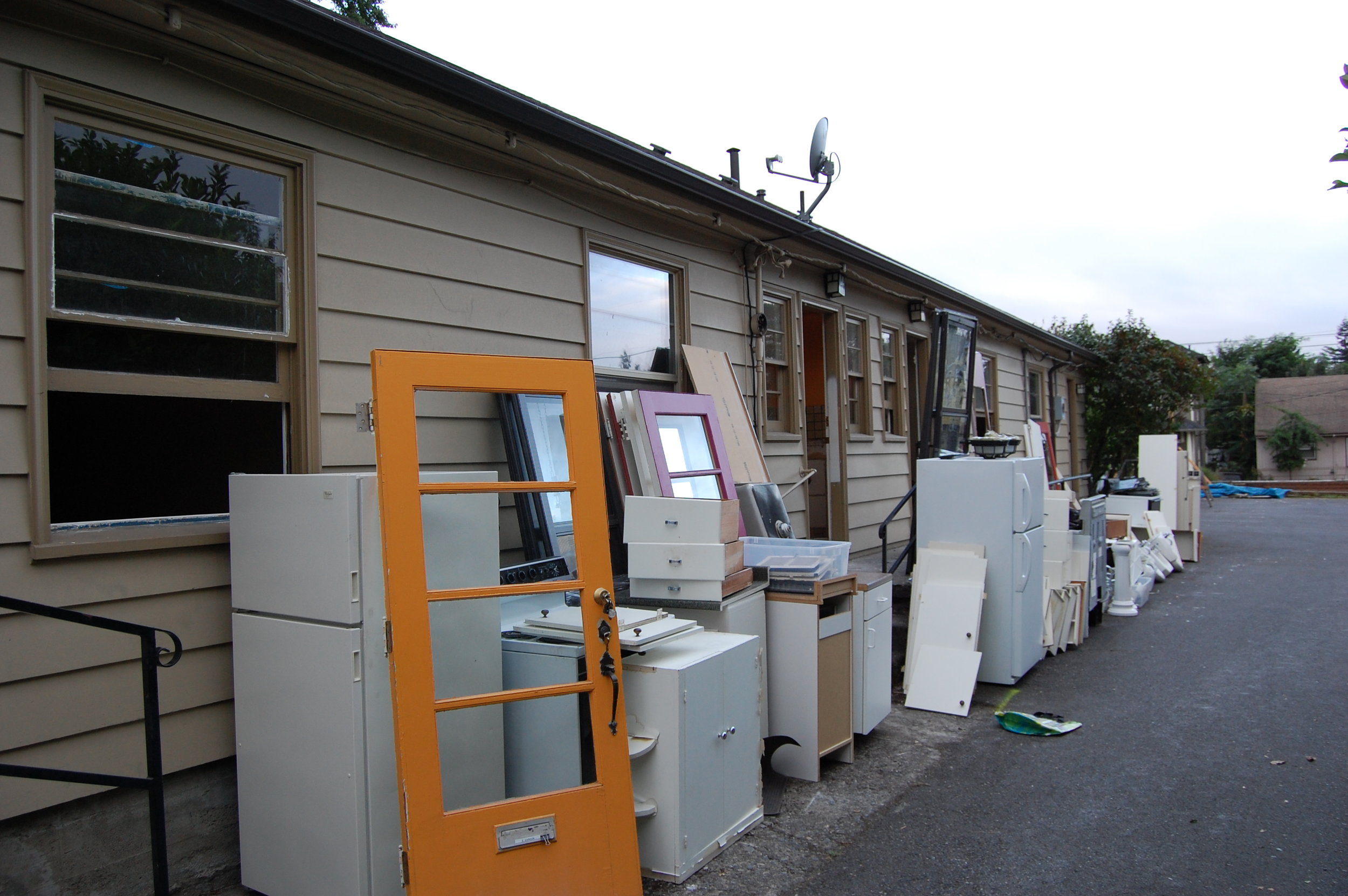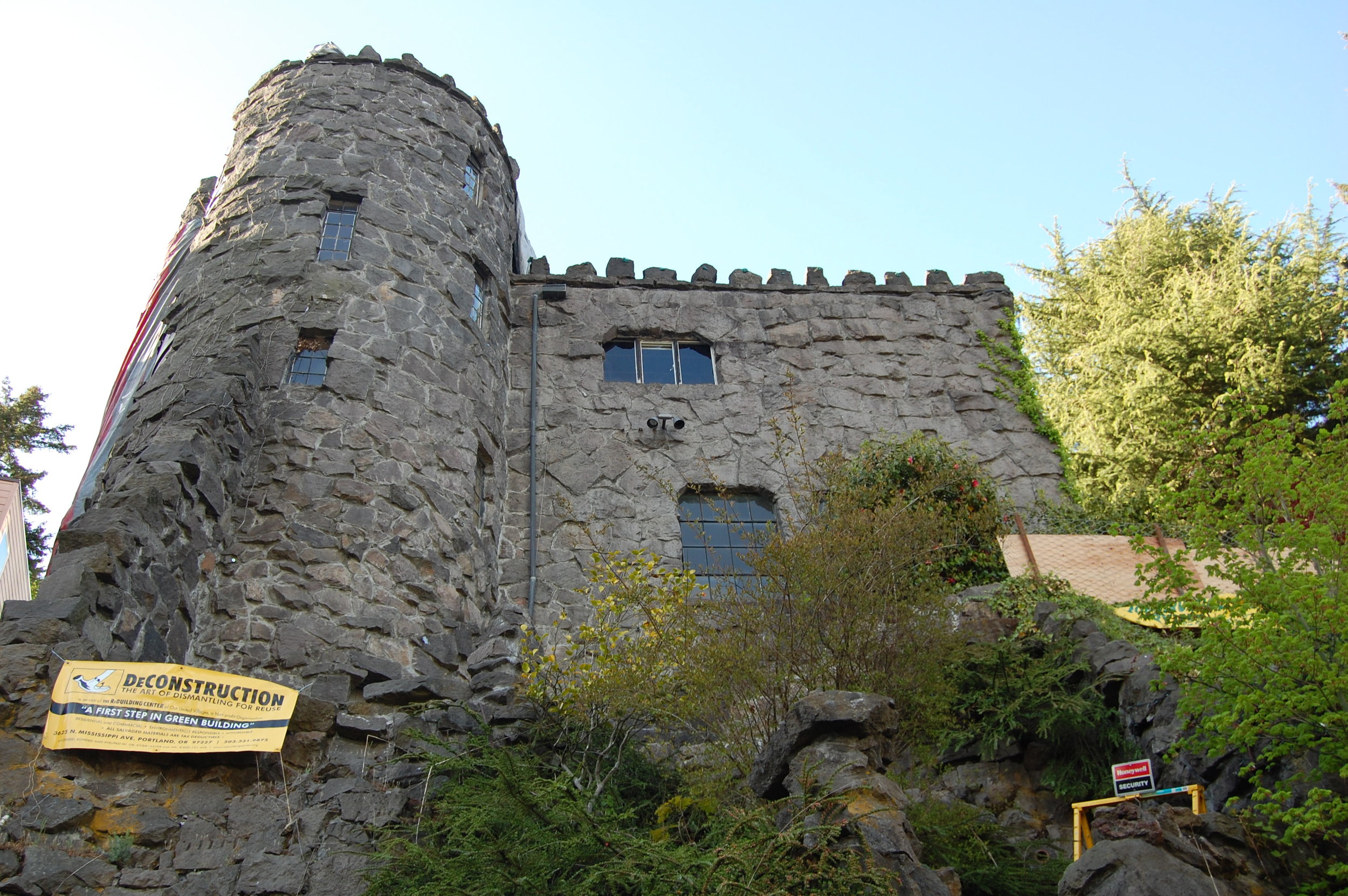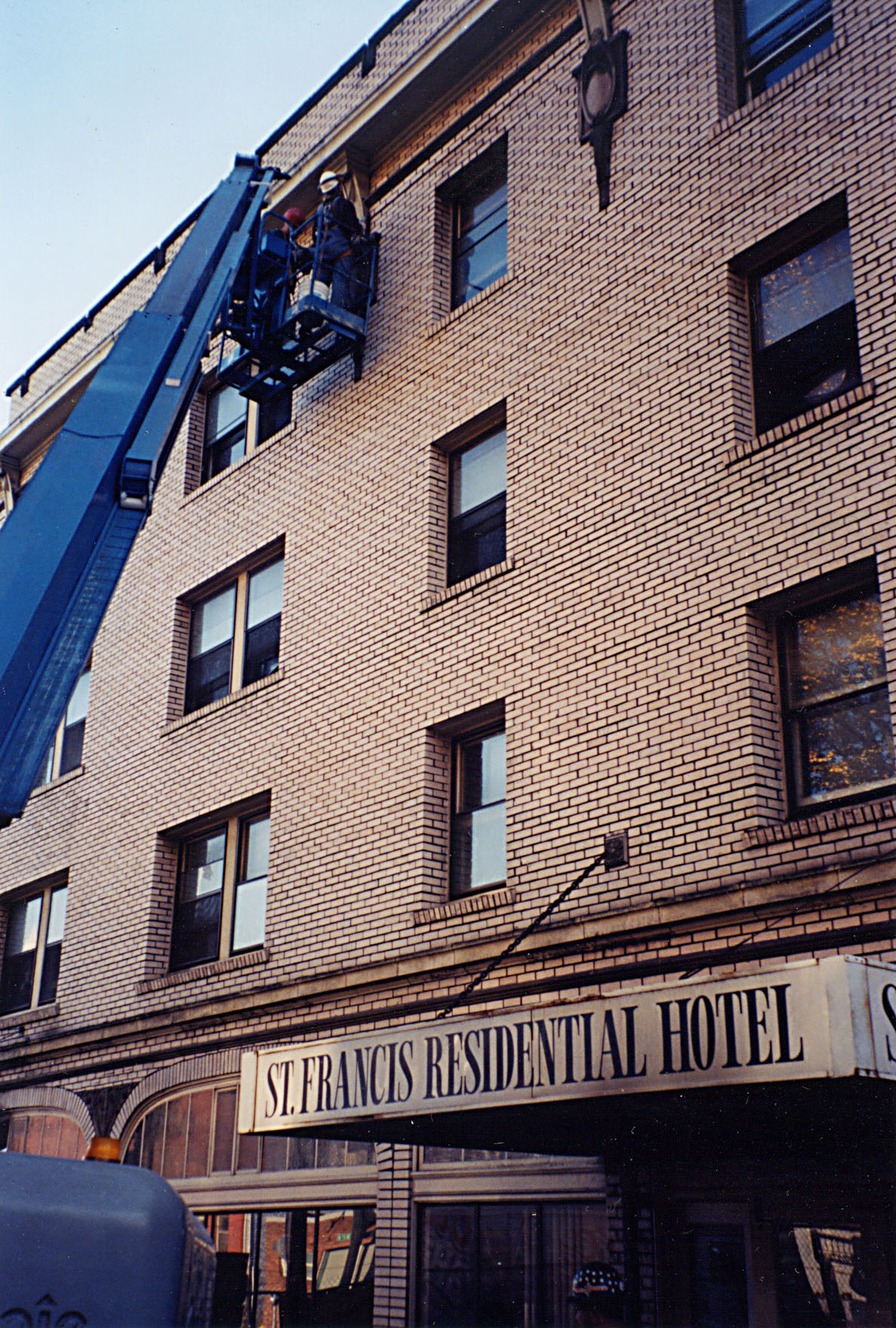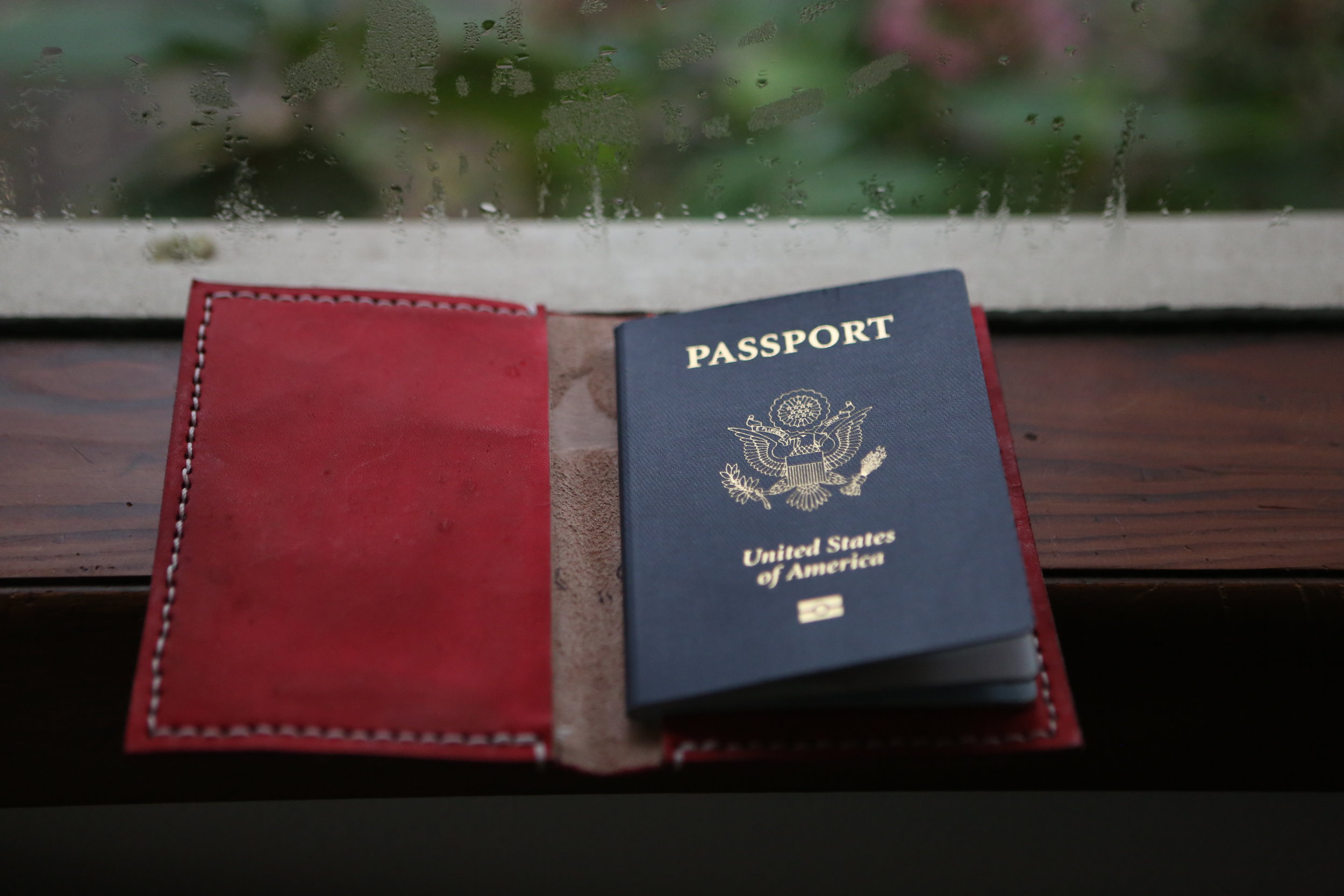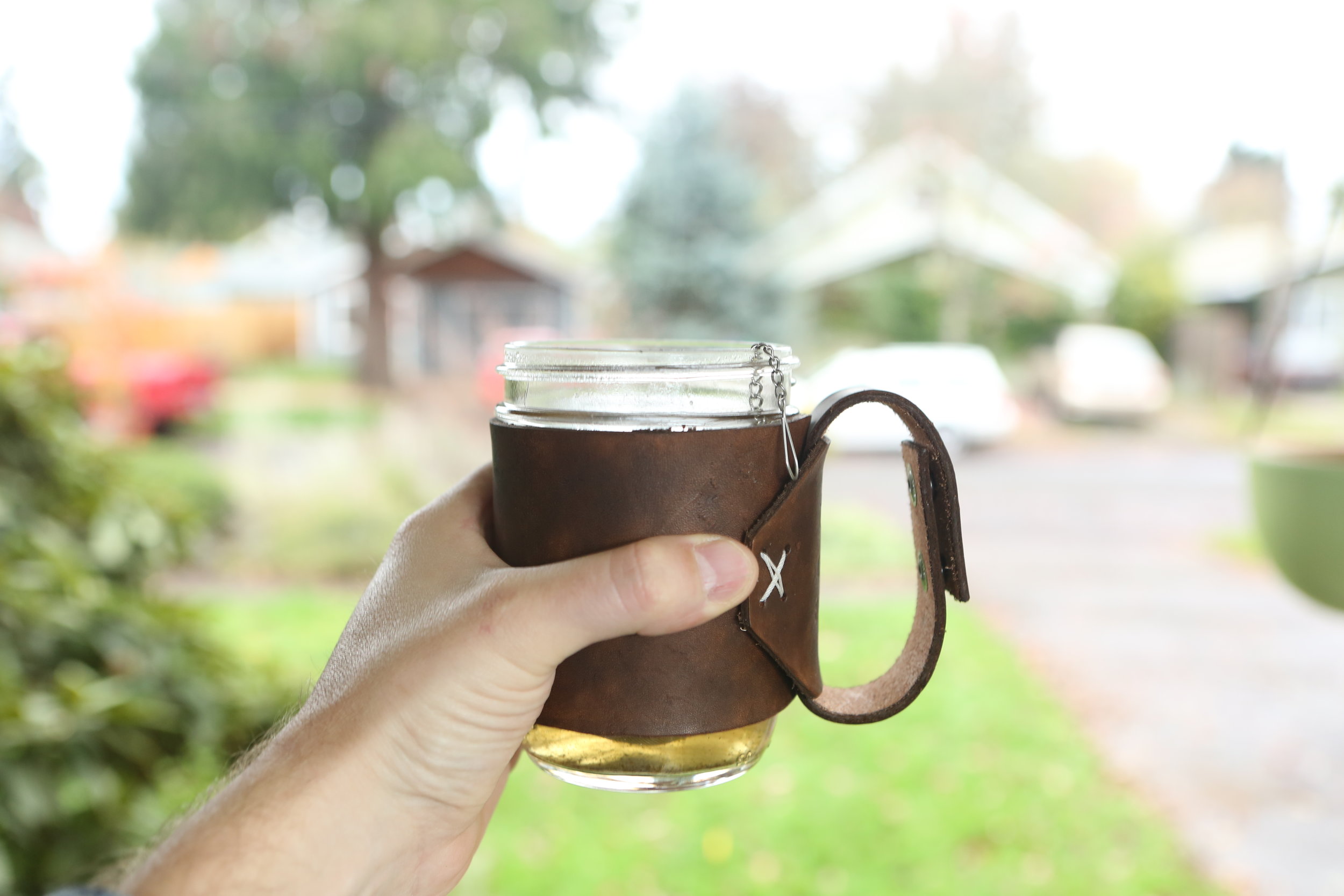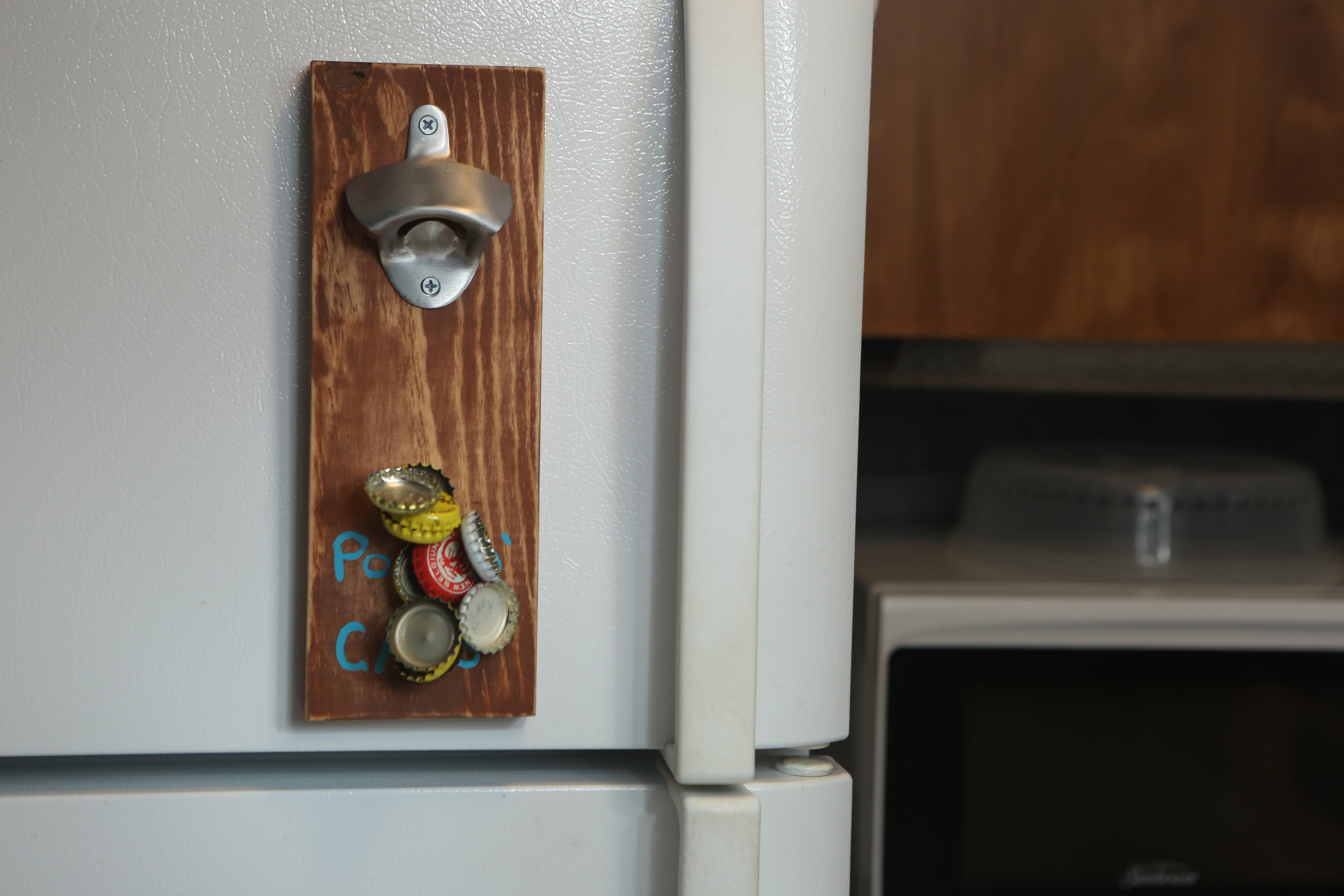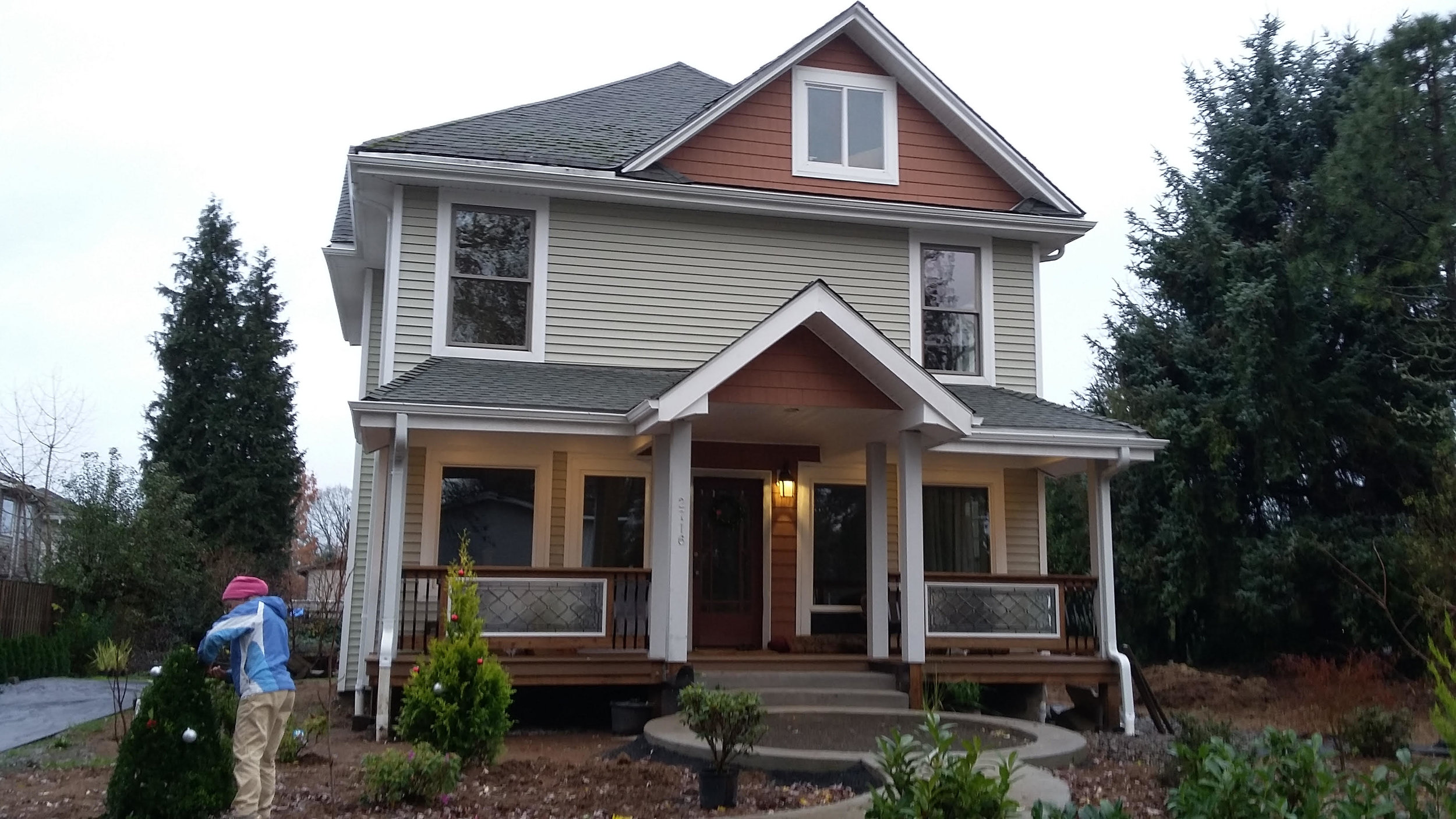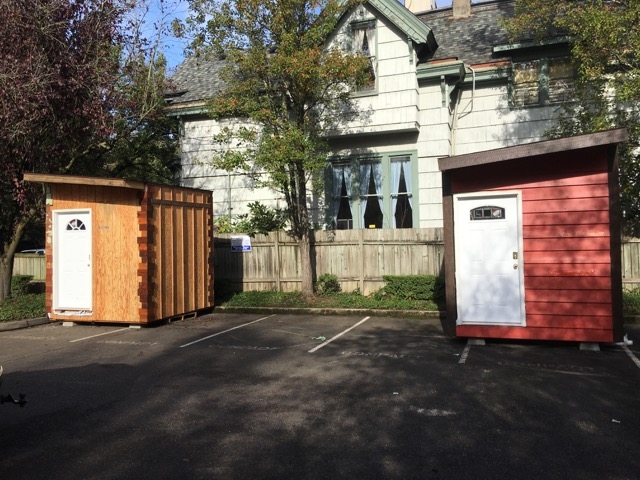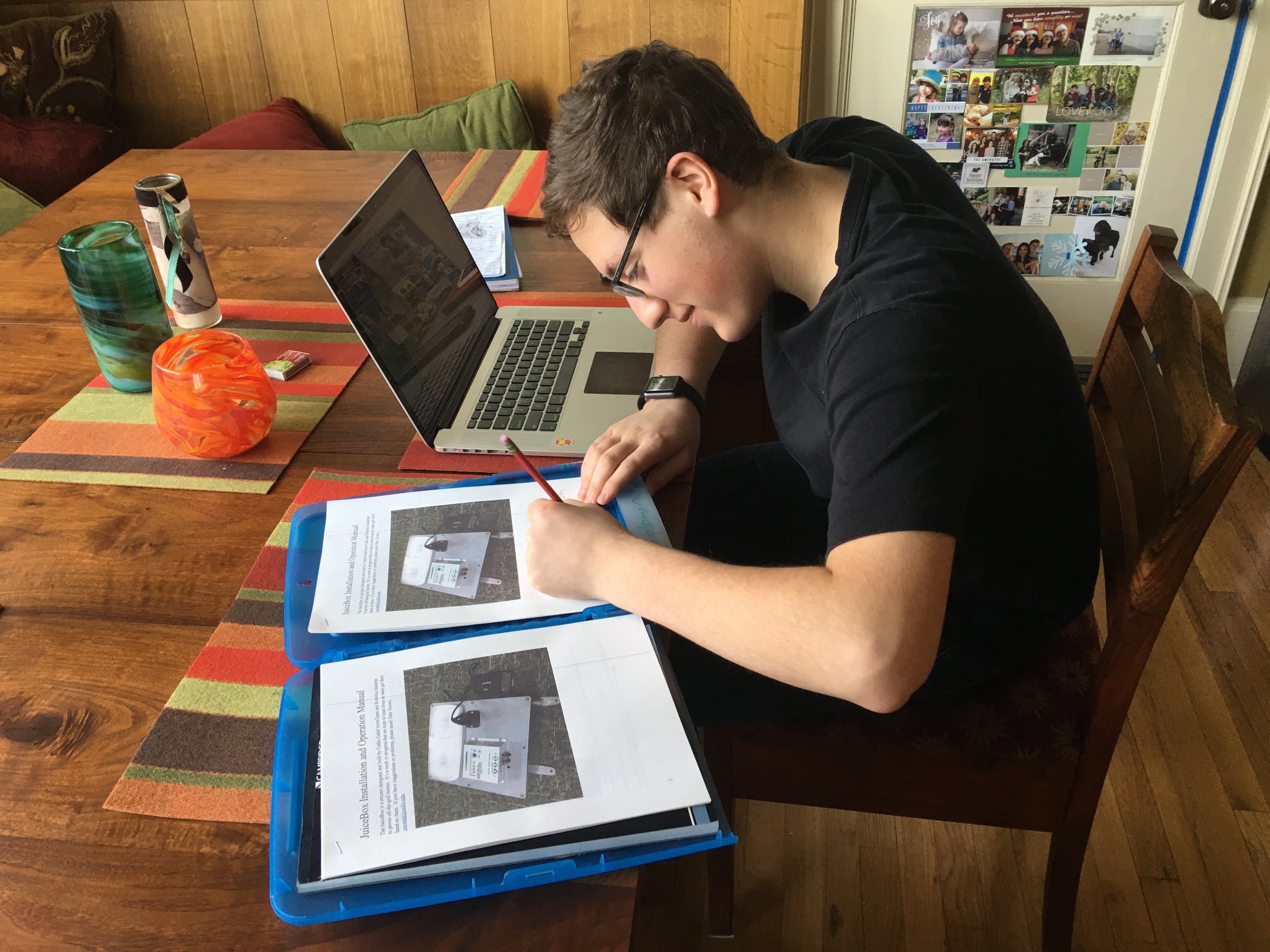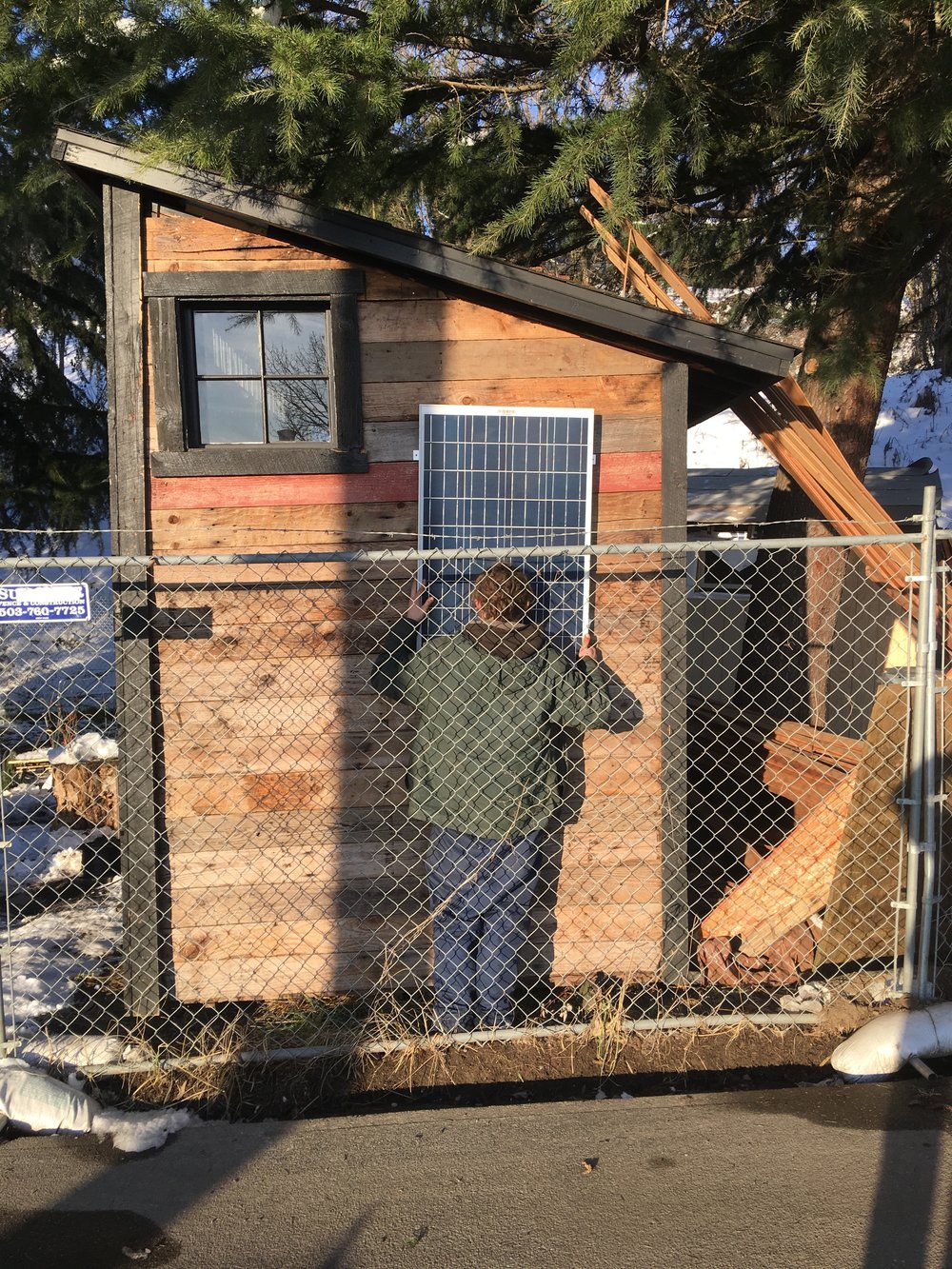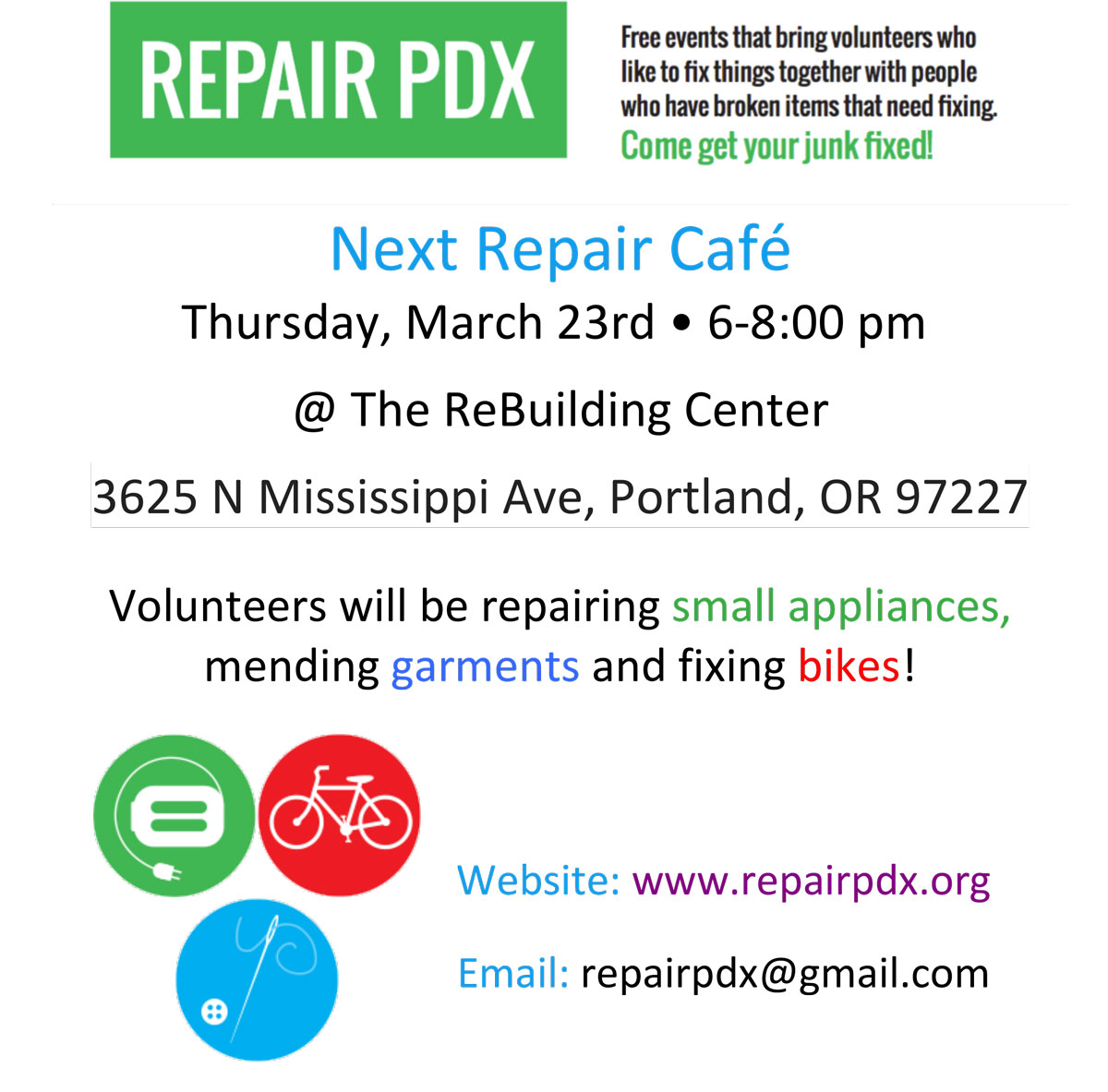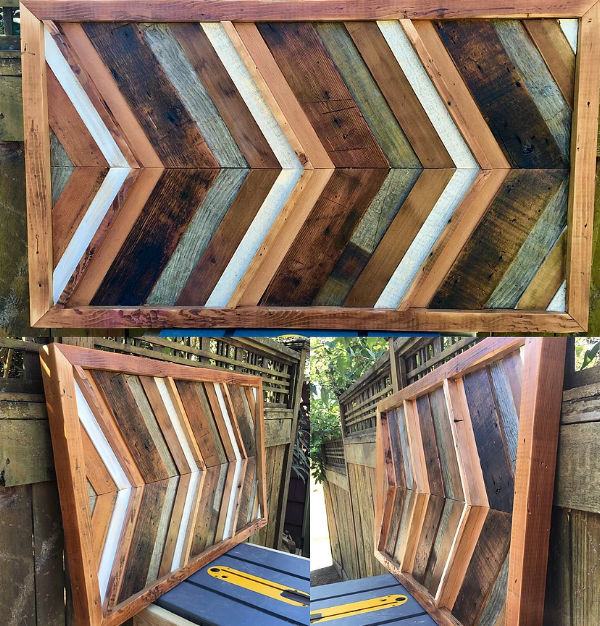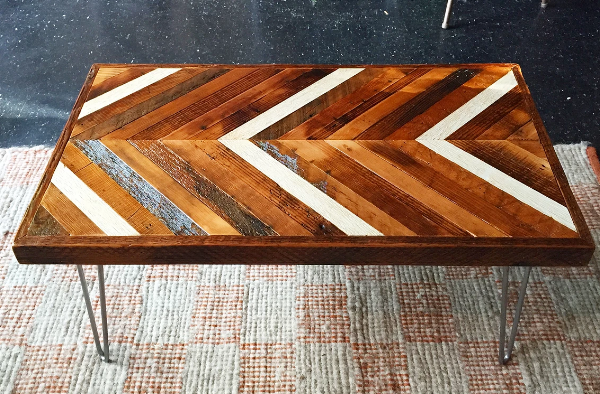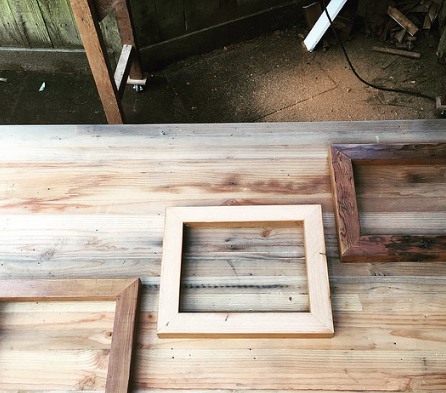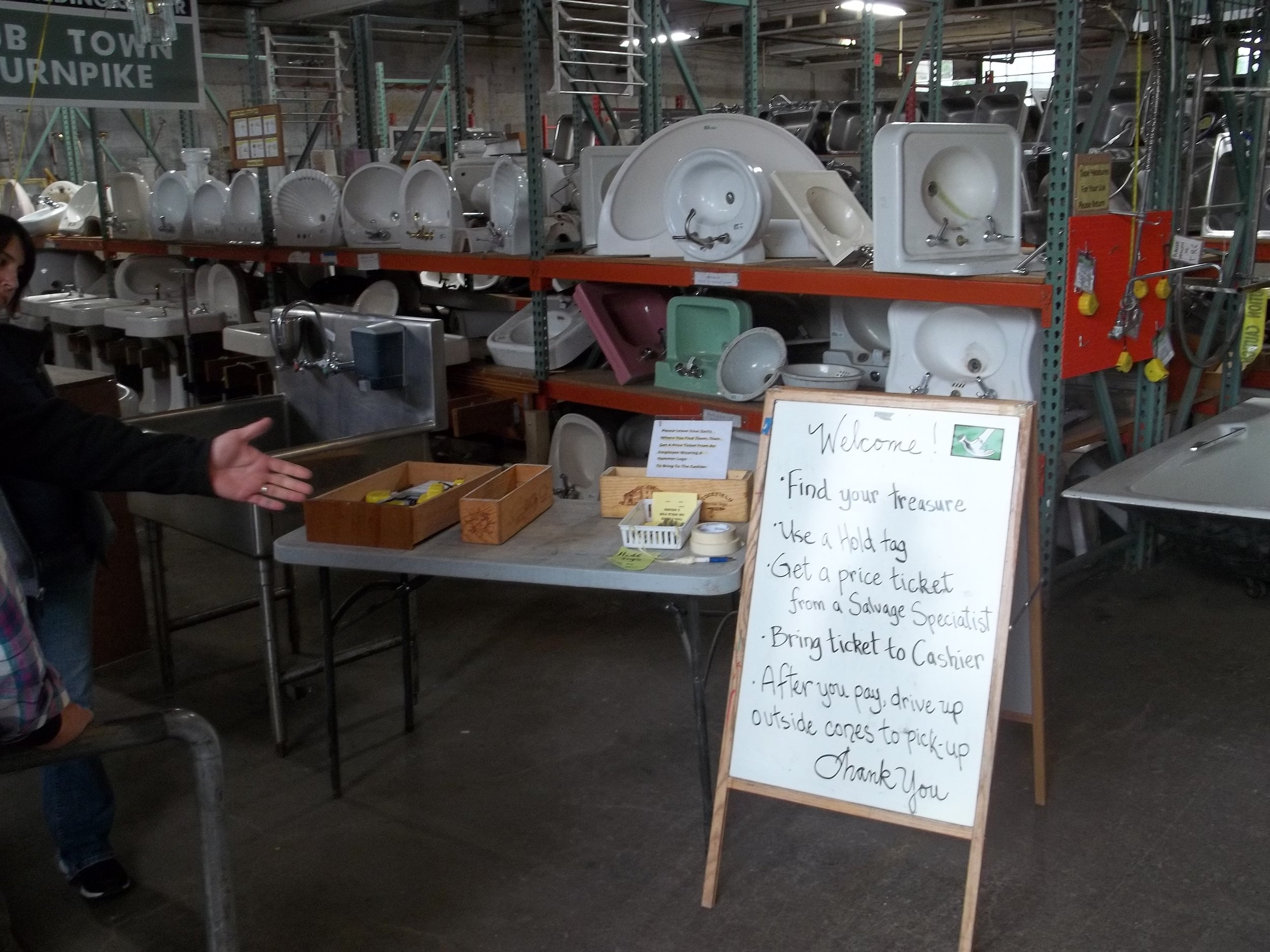Revive some cheap, old drawers into nice, new end tables with these DIY decorating tips from your friends at the ReBuilding Center. Expand your creative reuse skills and help promote the reuse economy in style. RBC has plenty of drawers of all different shapes and sizes (prices ranging $2-$10) that would be perfect for this project!
For this project you will need:
Photo credit: Desire to Inspire
- Salvaged drawers (available at the Rebuilding Center for under $10 each)
- Some house paint
- 4 legs from an old sofa or your local hardware store; or caster wheels
- Scrap wood cut to fit the inside of your drawers
- Blind nuts
- Screw driver
- Wood glue
- Measuring tape
Step 1
Photo credit: Shannon O
Attach the legs to the bottom of the drawers using blind nuts making sure that they are evenly spaced.
Step 2
Photo Credit: Shannon O
Use wood glue to glue your center piece of scrap wood into your drawers. Make sure to measure evenly and leave to let dry over night.
Step 3
Photo credit: Shannon O
Paint your drawers with the house paints. Let dry, and congratulations! You now have some gorgeous end tables to brighten up your room!
Photo Credit: Hammers and High Heels



